How to grow sweetshrub – an unusual flowering plant that dates back to the time of the dinosaurs
This native shrub will add flowers and fragrance to your yard
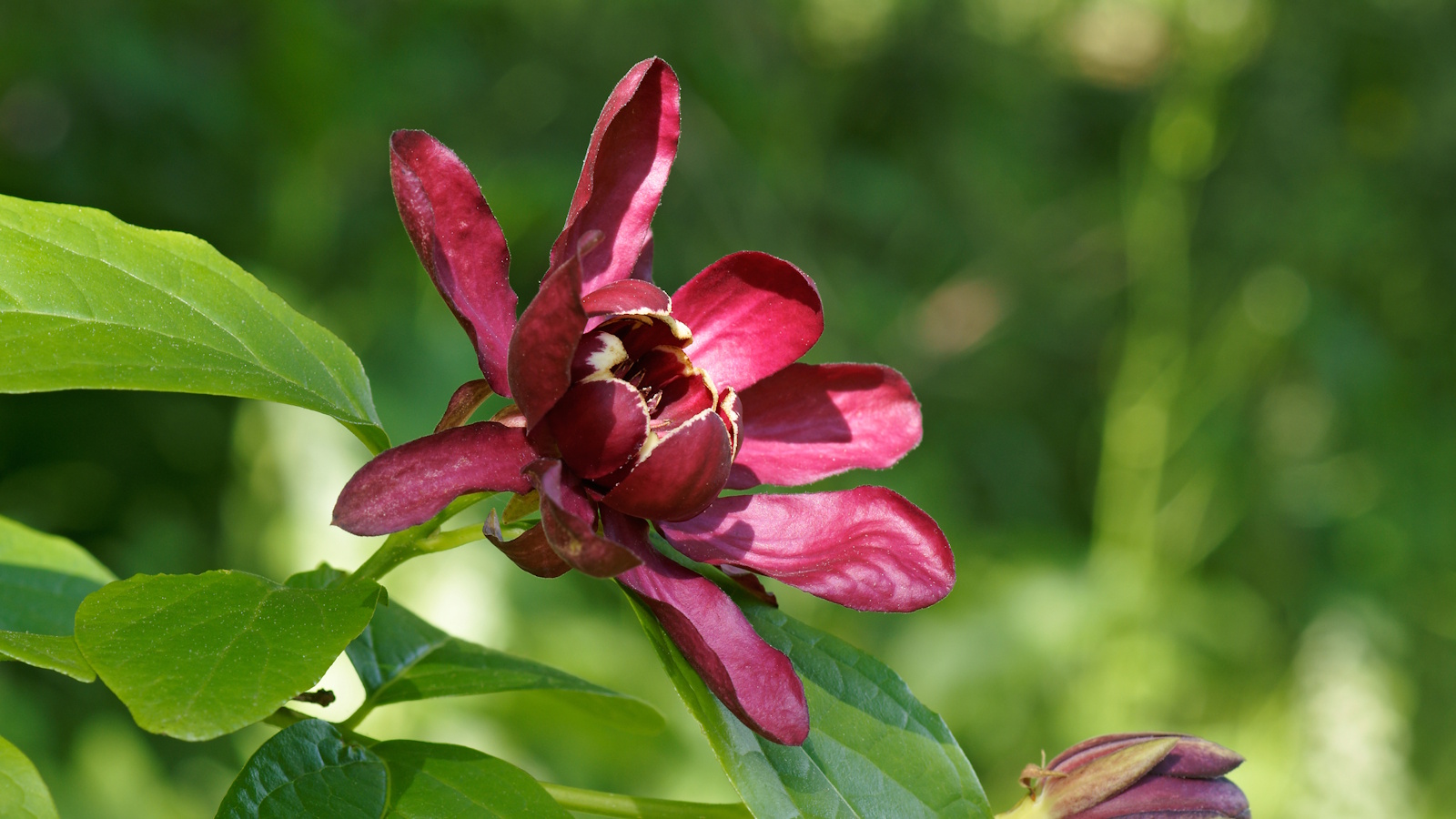

Calycanthus floridus, commonly known as sweetshrub or Carolina allspice, is an unusual plant native to North America. Not only does this deciduous shrub have striking pink-red blooms, but the flowers have a most unusual scent, with notes of cinnamon, banana and strawberry.
Beyond simply its aesthetic and sensory appeal, sweetshrub has a rich history, and fossil records suggest that many plants found in the Calycanthus genus were growing during the Cretaceous period. So, if you are looking for something unusual for your yard, sweetshrub can be traced back to the time of the dinosaurs.
Here, one plant expert reveals how to grow sweetshrub, with tips on feeding, pruning and container growing. Whether you are looking for statement plants or one of the best fragrant hedge plants, Calycanthus floridus is certainly one native option to consider adding to your plot this year.
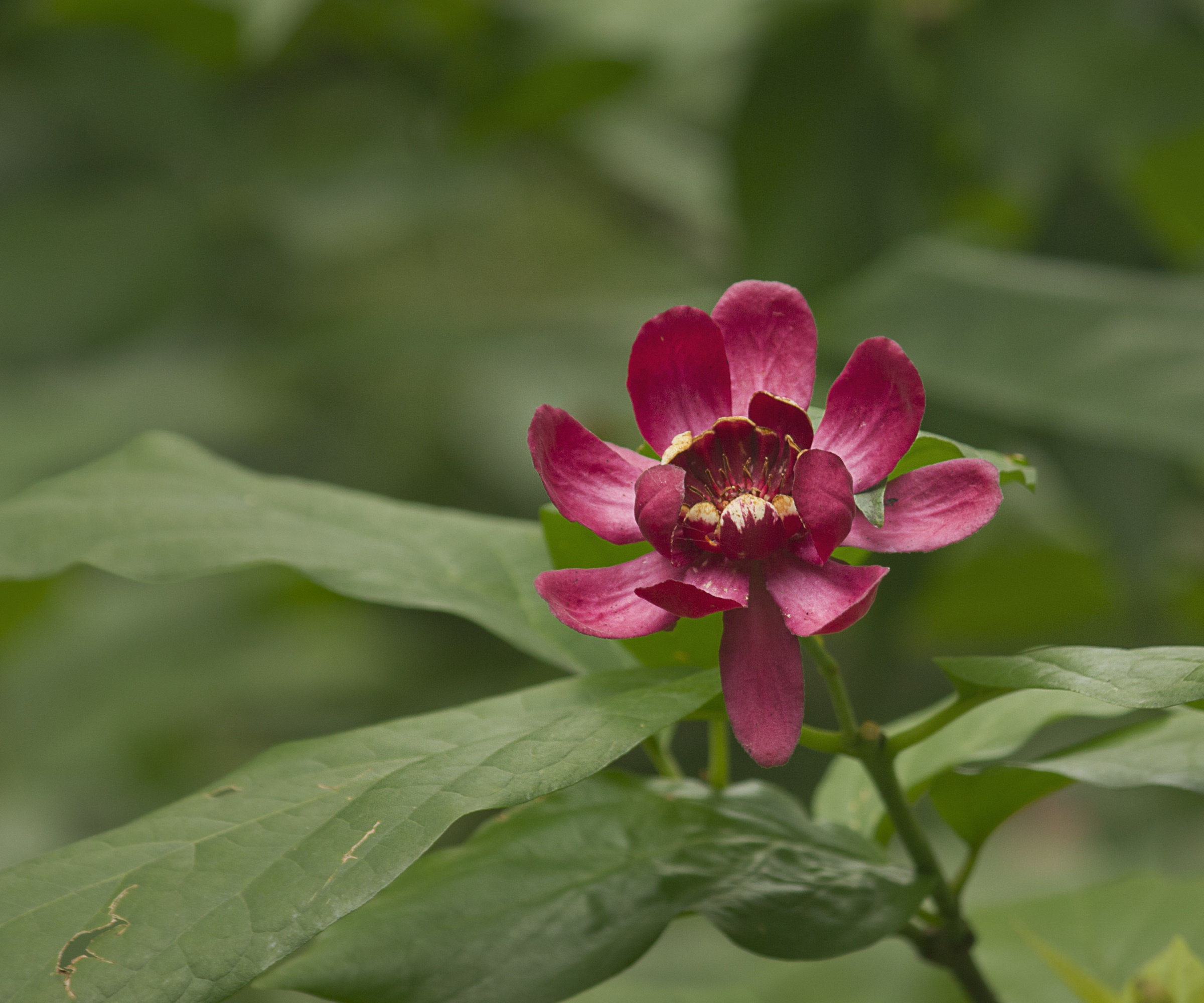
How to grow sweetshrub
Calycanthus floridus is one of the best flowering shrubs, producing masses of pink to crimson blooms during summer. This shrub tends to produce multiple stems as opposed to one single trunk, and at maturity can reach up to and over 10 feet.
Growing habits of sweetshrub
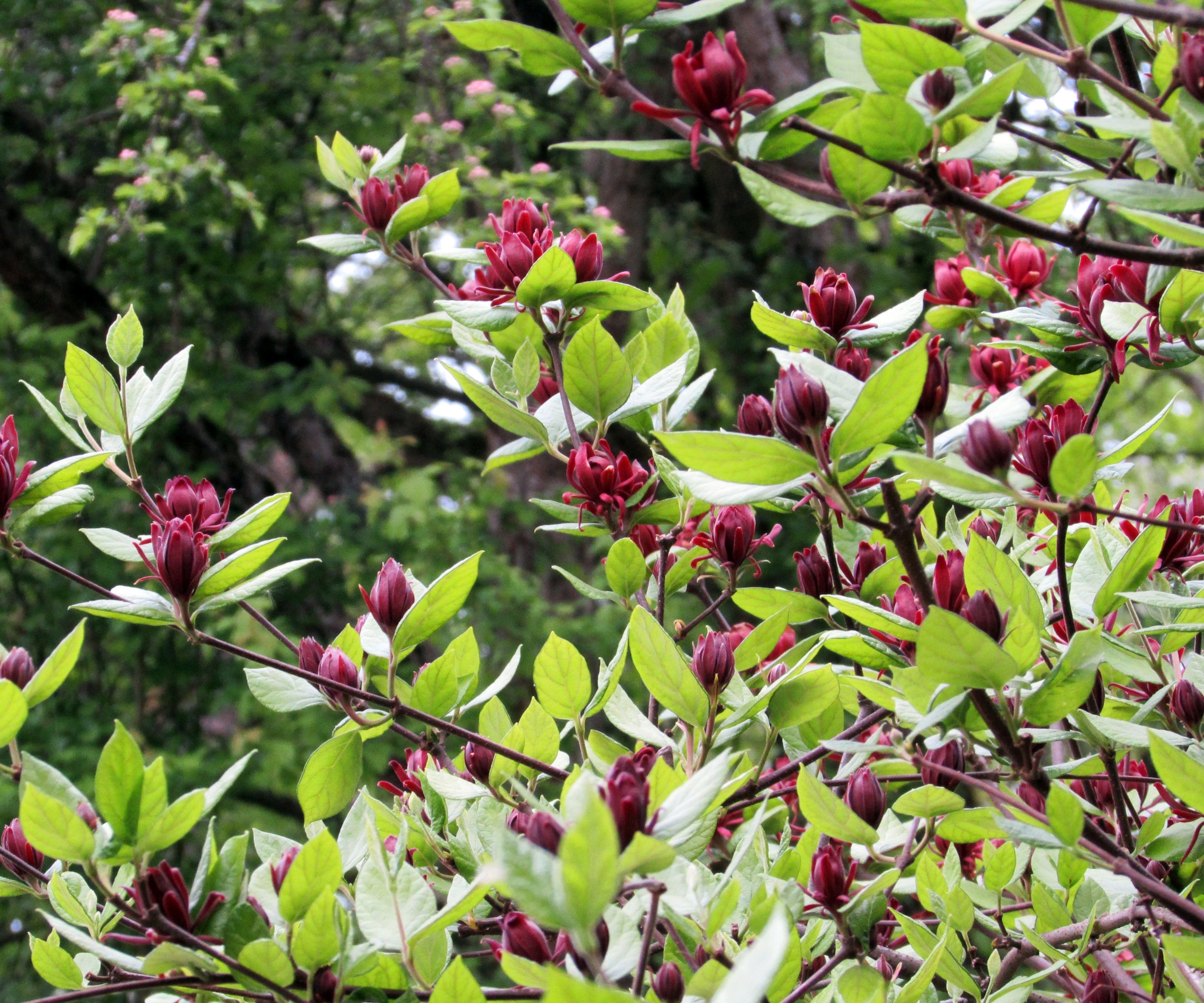
'Sweetshrub is a southeastern native that can be found growing from Virginia down to Florida and west to the Mississippi River,' says Gail Pabst, gardening expert and Marketing Director for the National Garden Bureau.
In terms of how to grow sweetshrub, this fast-growing shrub does best from US hardiness zone 5 to zone 9, with a growth rate of 12 to 18 inches per year.
'Sweetshrub, to me, is a gardener’s dream,' Gail says. 'Not only does it have attractive oval green leaves, but it produces fragrant blooms that emerge in June, July and August. These flowers smell like citrus combined with strawberry, pineapple and even bubblegum!
'Sweetshrub, as a North American native plant, is a tough and resilient species to grow,' Gail adds. 'It can be planted in full sun to deep shade, and can either be used as a statement lone shrub, container plant or even to form a low hedge at the front of your property.'
There are several attractive varieties of sweetshrub to consider for your plot, including ‘Burgundy Spice’ and 'Edith Wilder'. Try growing Calycanthus floridus 'Athens' for an unusual variety with golden yellow blooms.
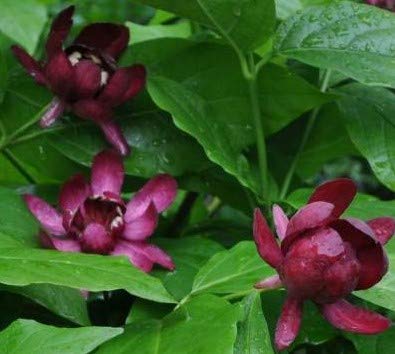
This live sweetshrub specimen, or Calycanthus Floridus, will arrive in a pot and should measure 8 to 12 inches tall. Water well on arrival.

Gail is a passionate horticulturist with over 25 years' experience in the industry. She is an avid home gardener too and loves to try out the newest varieties and techniques. Gail is the Marketing Director for the National Garden Bureau and her work has helped her to continue their mission of inspiring, teaching and growing in gardening with others.
Care guide for sweetshrub
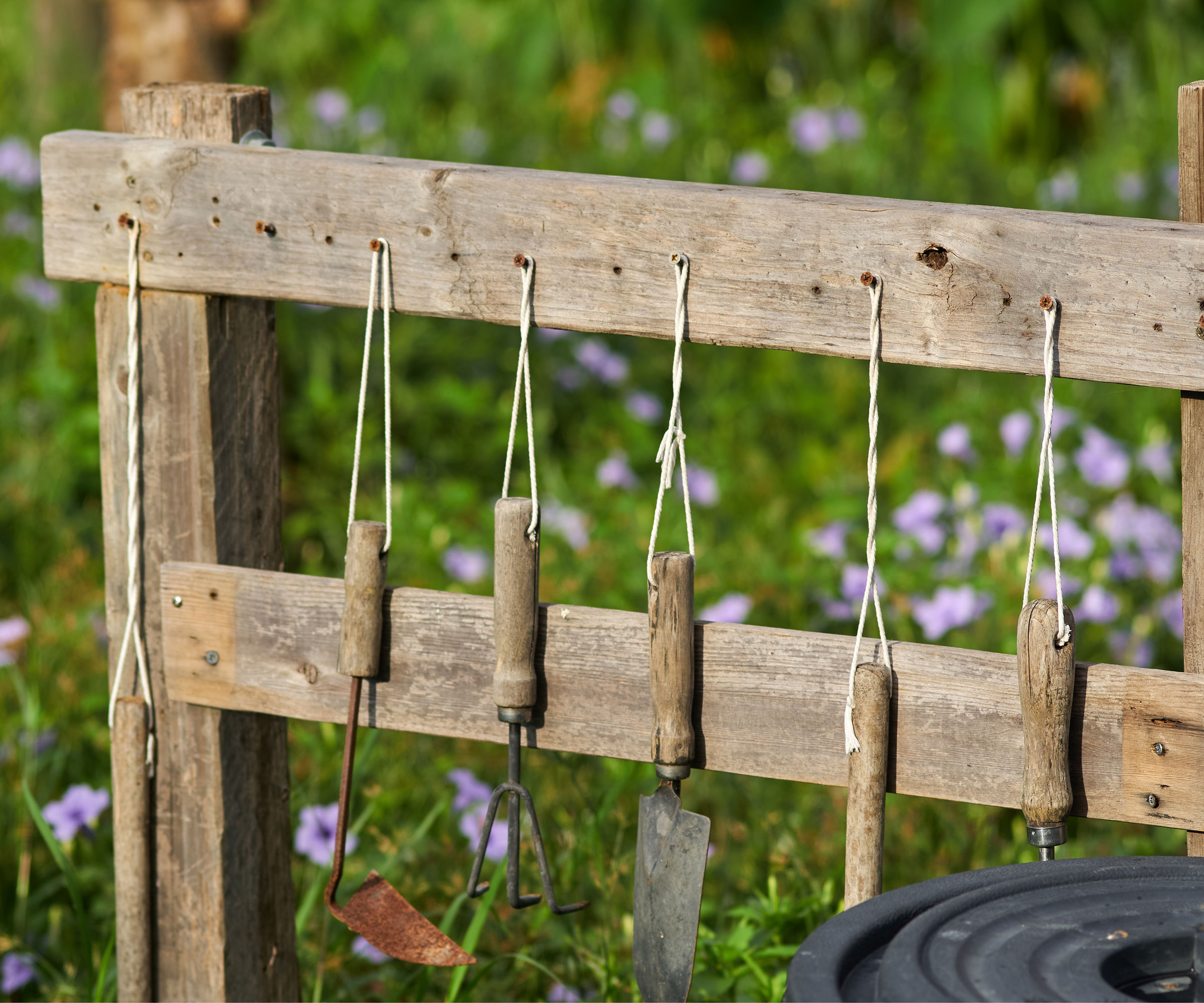
Soil: Sweetshrubs will tolerate a range of soil conditions, although prefer moderately fertile, moist but well-drained borders. They can grow in slightly acidic to slightly alkaline soils and can be planted in clay, chalk, loam and even sand. Consider adding some mulch to your borders each fall to improve soil health, which will also help the plant retain moisture during the warmer months of the year. Mulch is available from Walmart.
Light: While they are often considered some of the best flowering shrubs for full sun, sweetshrubs can also grow in deep shade. For the best results, opt for a part-sun-part-shade situation, with some protection from the afternoon sun. Be advised that planting in deep shade will produce fewer blooms, although often this does result in a taller specimen, as the plant reaches up searching for light.
Watering: Water young plants once a week during their first year. Once established, supplemental watering is generally only needed for sweetshrubs growing in pots. Any established plants that are growing in borders will get what they need from the ground.
Fertilizing: Fertilizer is usually not necessary, although if you have poor soil in your yard, you might consider feeding once or twice with an all-purpose fertilizer in the spring.
Pruning: Calycanthus Floridus will benefit from some light pruning in late summer to early fall, immediately after flowering. This will help to maintain a compact and neat shape. In addition, trim any shoots or suckers that appear at the base of your plant on a regular basis.
Toxicity: Calycanthus species can be toxic to humans and livestock. In particular, the seeds are poisonous if ingested and can cause convulsions. Keep an eye on dogs and cats when they are out in the yard.
FAQs
Can I grow sweetshrub in a pot?
Yes, you can grow sweetshrub specimens in a container. However, for the best results, source a large container to provide your plant with plenty of room to grow. It is also a good idea to repot your plants once every two to three years, to provide fresh soil and more room to grow. Remember also to water and feed your plants during the growing season. Sweetshrub live plants are available from Walmart.
If you need any more convincing, Calycanthus Floridus is also virtually pest-free. So, if you reside in an area where deer can often find their way into your borders, consider growing sweetshrub or one of the many other deer-resistant plants to deter unwelcome and unwanted visitors.
Sign up to the Homes & Gardens newsletter
Design expertise in your inbox – from inspiring decorating ideas and beautiful celebrity homes to practical gardening advice and shopping round-ups.

Thomas is a Content Editor within the Gardens Team at Homes and Gardens. He has worked as a professional gardener for both public spaces and private estates, specializing in productive gardening, growing food and flowers. Trained in Horticulture at the Garden Museum, he has written on gardening and garden history for various publications, including The English Garden, Gardens Illustrated, Hortus, The London Gardener and Bloom. He has co-authored a Lonely Planet travel book, The Tree Atlas, due out in 2024.
You must confirm your public display name before commenting
Please logout and then login again, you will then be prompted to enter your display name.
-
 Orange and green is the bold color pairing quietly transforming homes in 2025 – here's 4 reasons why
Orange and green is the bold color pairing quietly transforming homes in 2025 – here's 4 reasons whyInterior designers are making the orange and green combination work wonders – this is how you can too
By Sophia Pouget de St Victor Published
-
 This Michelle-Pfeiffer-approved chair is made of a forebodingly unusual material, opening the debate: Is it a rustic stunner, or a danger to sitters?
This Michelle-Pfeiffer-approved chair is made of a forebodingly unusual material, opening the debate: Is it a rustic stunner, or a danger to sitters?The actress took to Instagram with a chair made of a controversially sharp material – and fans are unsure of how they feel about it
By Sophie Edwards Published
-
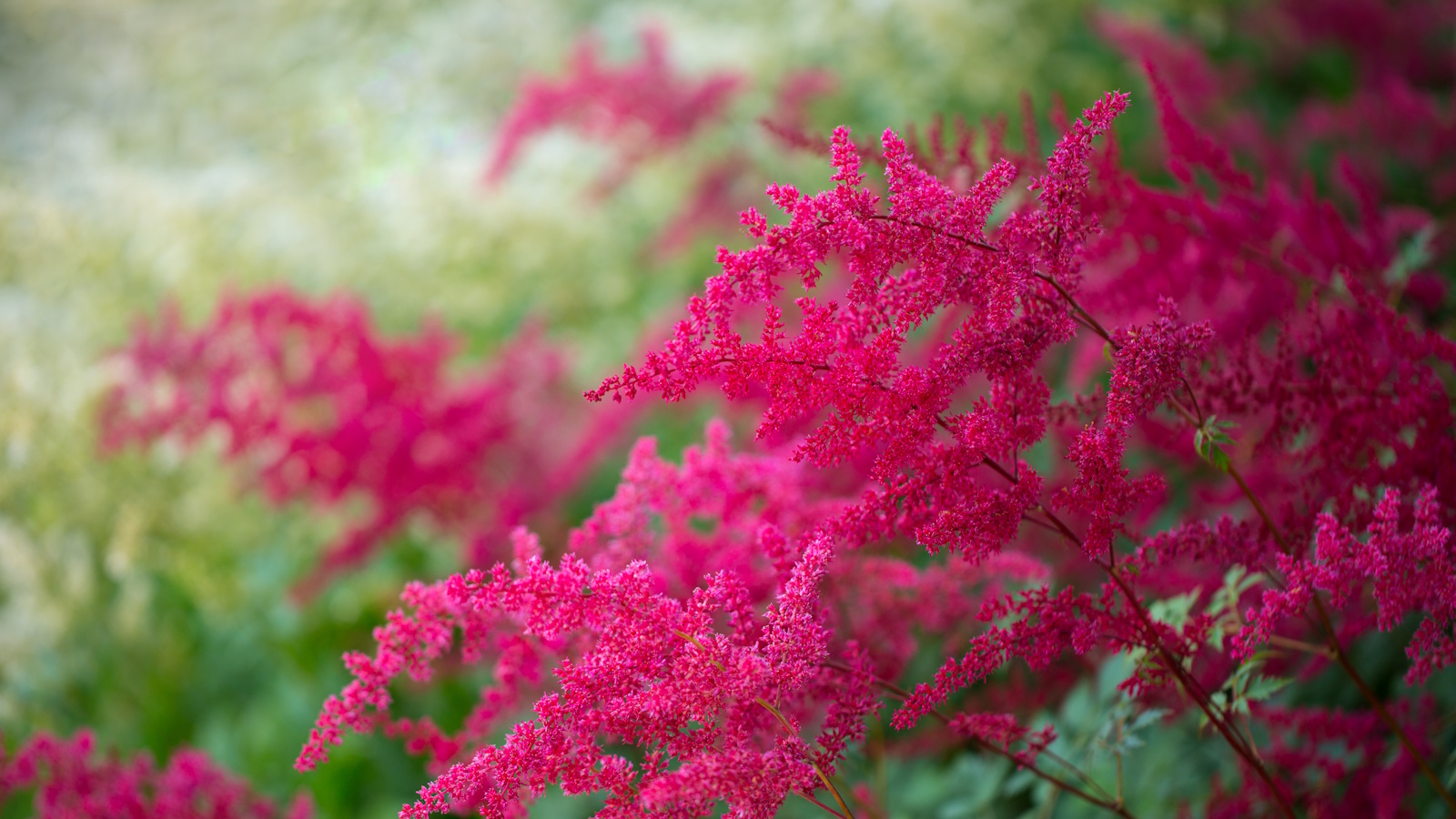 How to grow astilbe – expert advice on cultivating this shade-tolerant flowering perennial
How to grow astilbe – expert advice on cultivating this shade-tolerant flowering perennialShade-tolerant and pest-resistant - astilbe are hardy and tough perennials that can thrive in many settings
By Ellen Wells Published
-
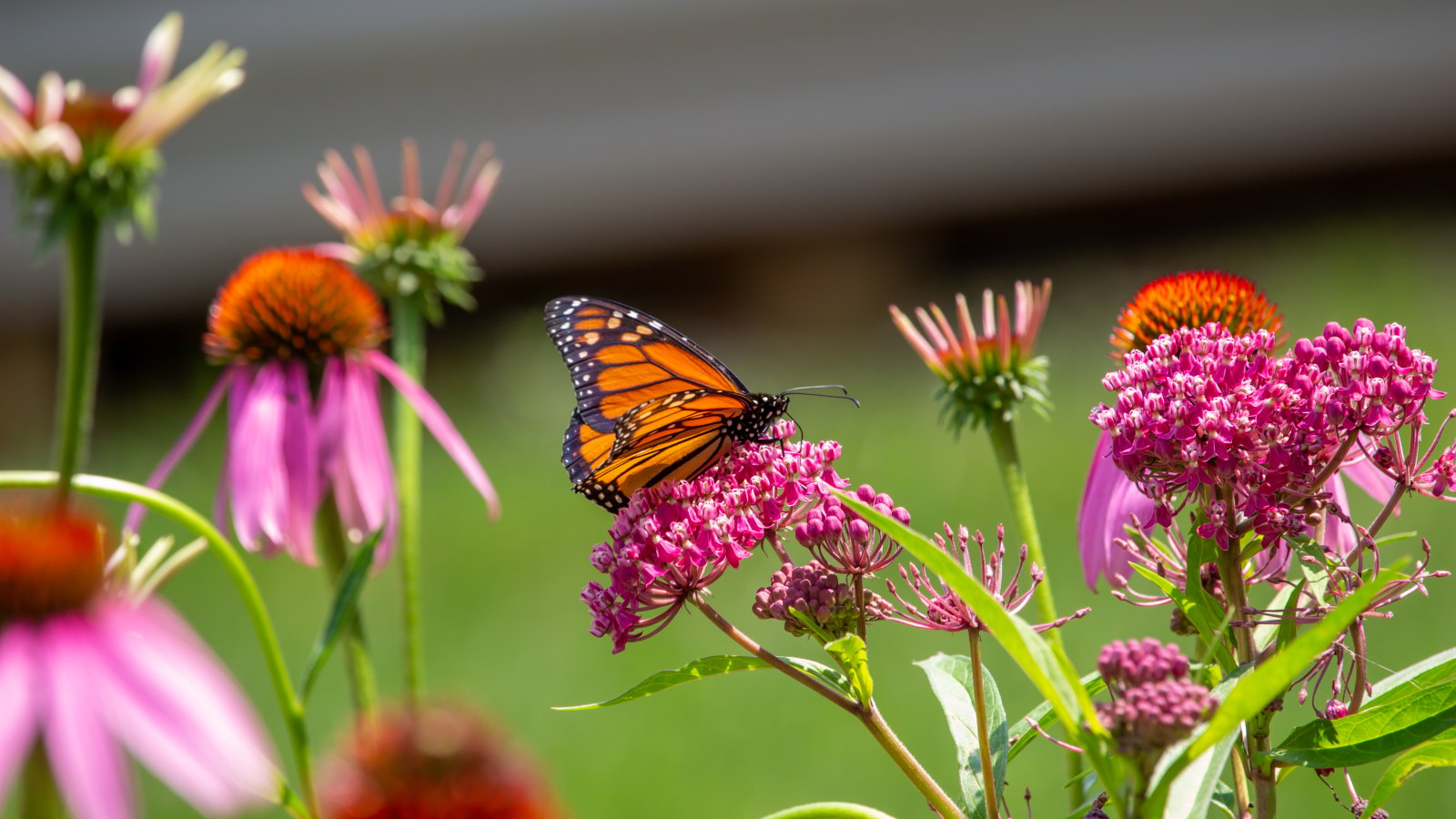 7 native perennials to plant in April – for glorious flowering displays to attract bees, butterflies, and hummingbirds
7 native perennials to plant in April – for glorious flowering displays to attract bees, butterflies, and hummingbirdsDiscover some of the best perennials to plant in April to make your garden a hotspot for wildlife
By Drew Swainston Published
-
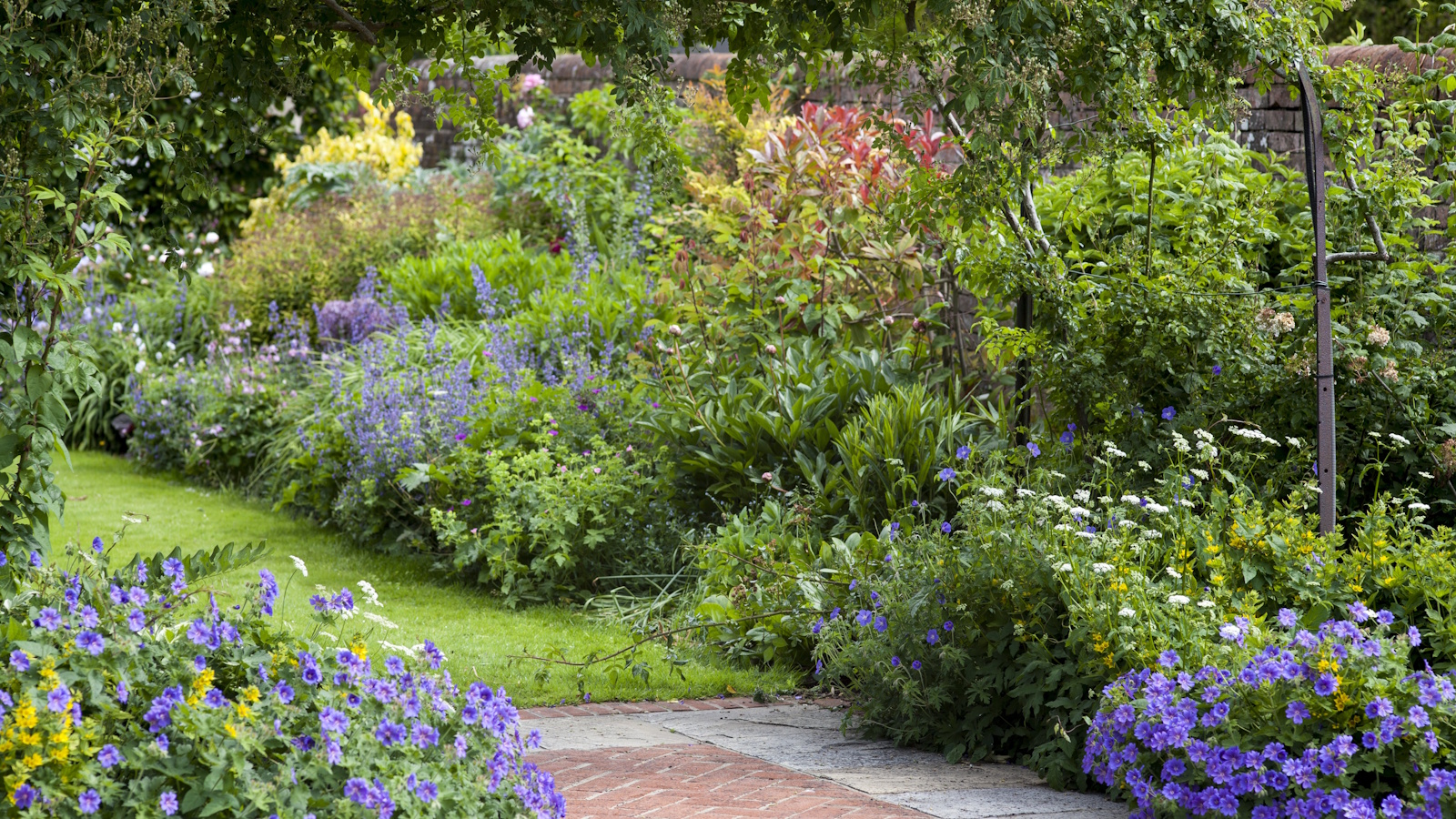 Is the viral salt hack the secret to a weed-free patio? A garden expert warns of irreparable, long-term damage – plus reveals the safest way to get results
Is the viral salt hack the secret to a weed-free patio? A garden expert warns of irreparable, long-term damage – plus reveals the safest way to get resultsYou might have seen gardeners on TikTok or Instagram using salt to kill weeds in pavers, but this hack should be avoided at all costs
By Thomas Rutter Published
-
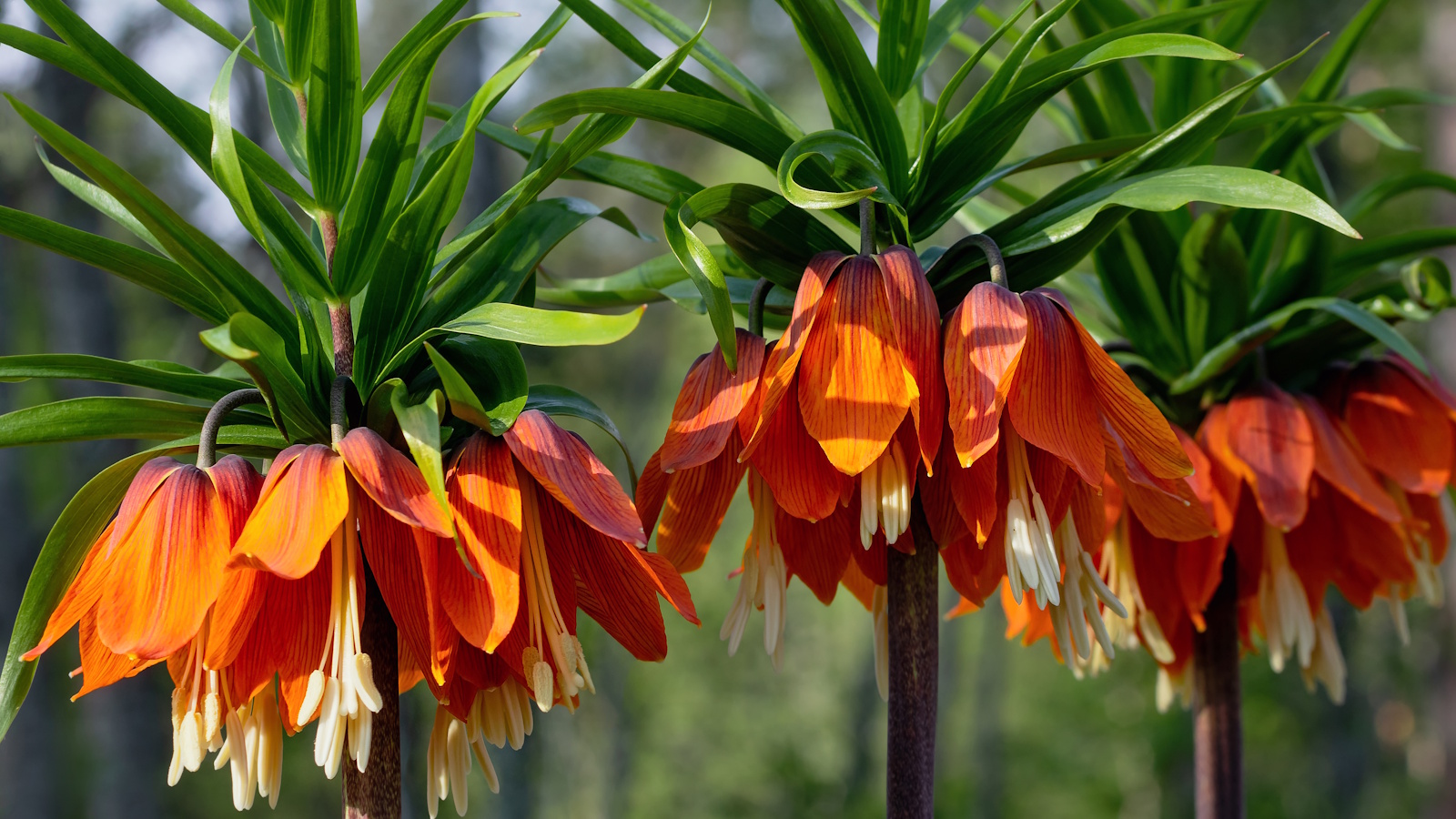 Worst-smelling plants to avoid – experts reveal 5 pungent species and suggest perfumed options to grow instead
Worst-smelling plants to avoid – experts reveal 5 pungent species and suggest perfumed options to grow insteadThese are some of the worst-smelling plants that can cause quite a stink
By Thomas Rutter Published
-
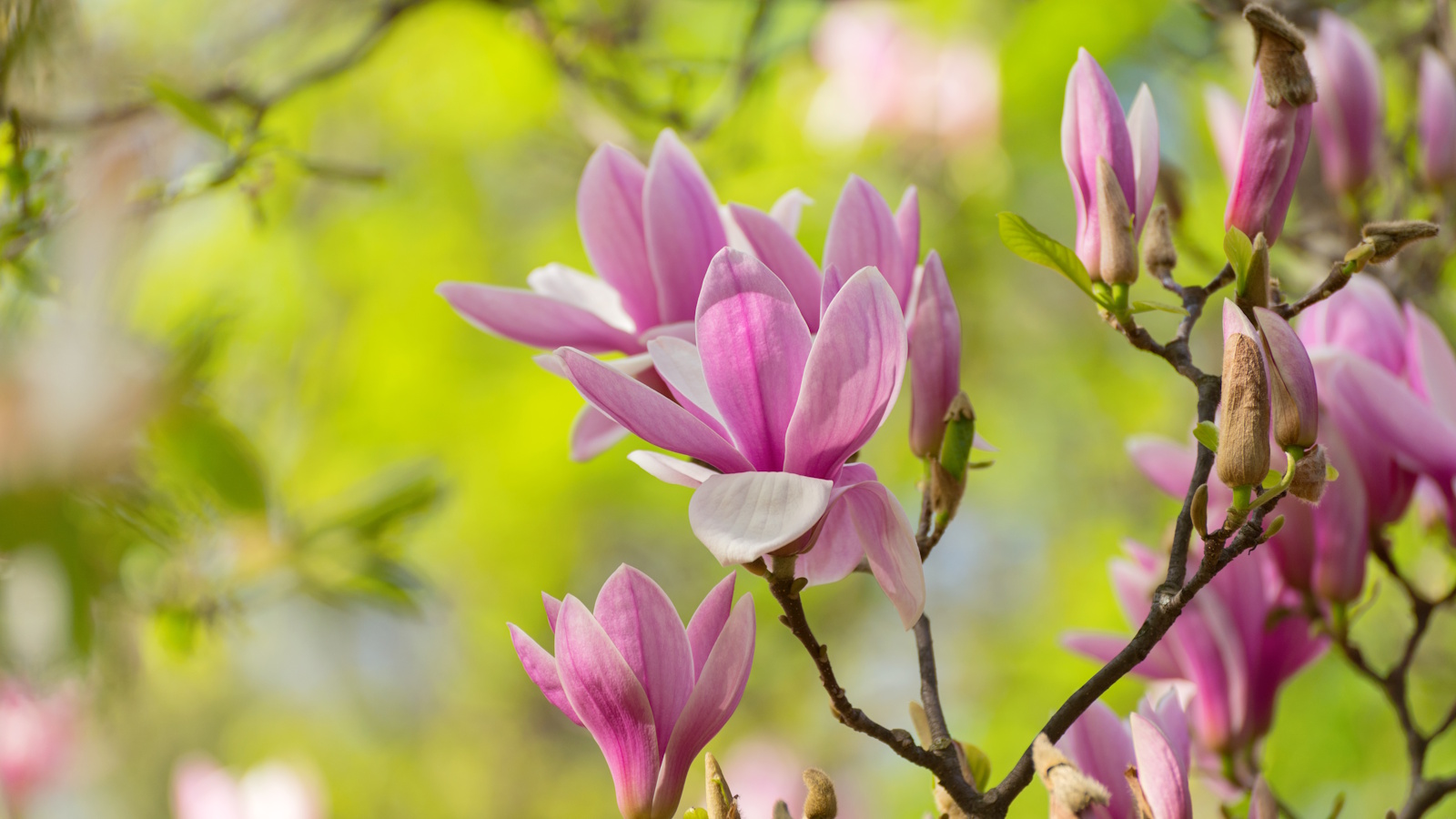 How to fertilize magnolias – garden experts reveal the secrets to better blooming, and timing is critical
How to fertilize magnolias – garden experts reveal the secrets to better blooming, and timing is criticalMagnolias are famed for their spring flowers, and feeding at the right time can give trees a boost
By Thomas Rutter Published
-
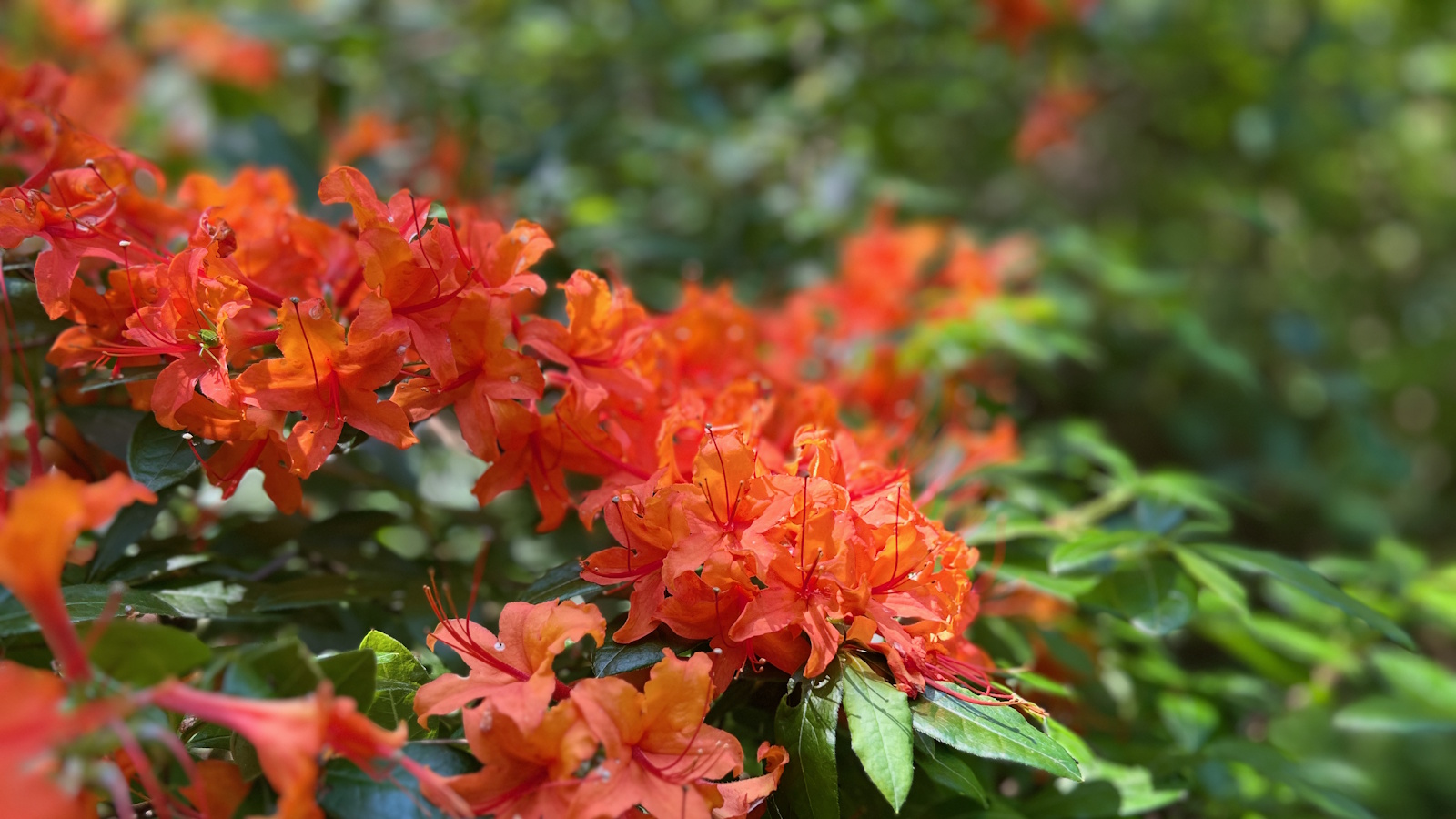 How to revive old rhododendron plants – pruning advice from a professional gardener to save your struggling shrubs
How to revive old rhododendron plants – pruning advice from a professional gardener to save your struggling shrubsWith the right pruning approach, you can rejuvenate old and woody rhododendrons
By Thomas Rutter Published
-
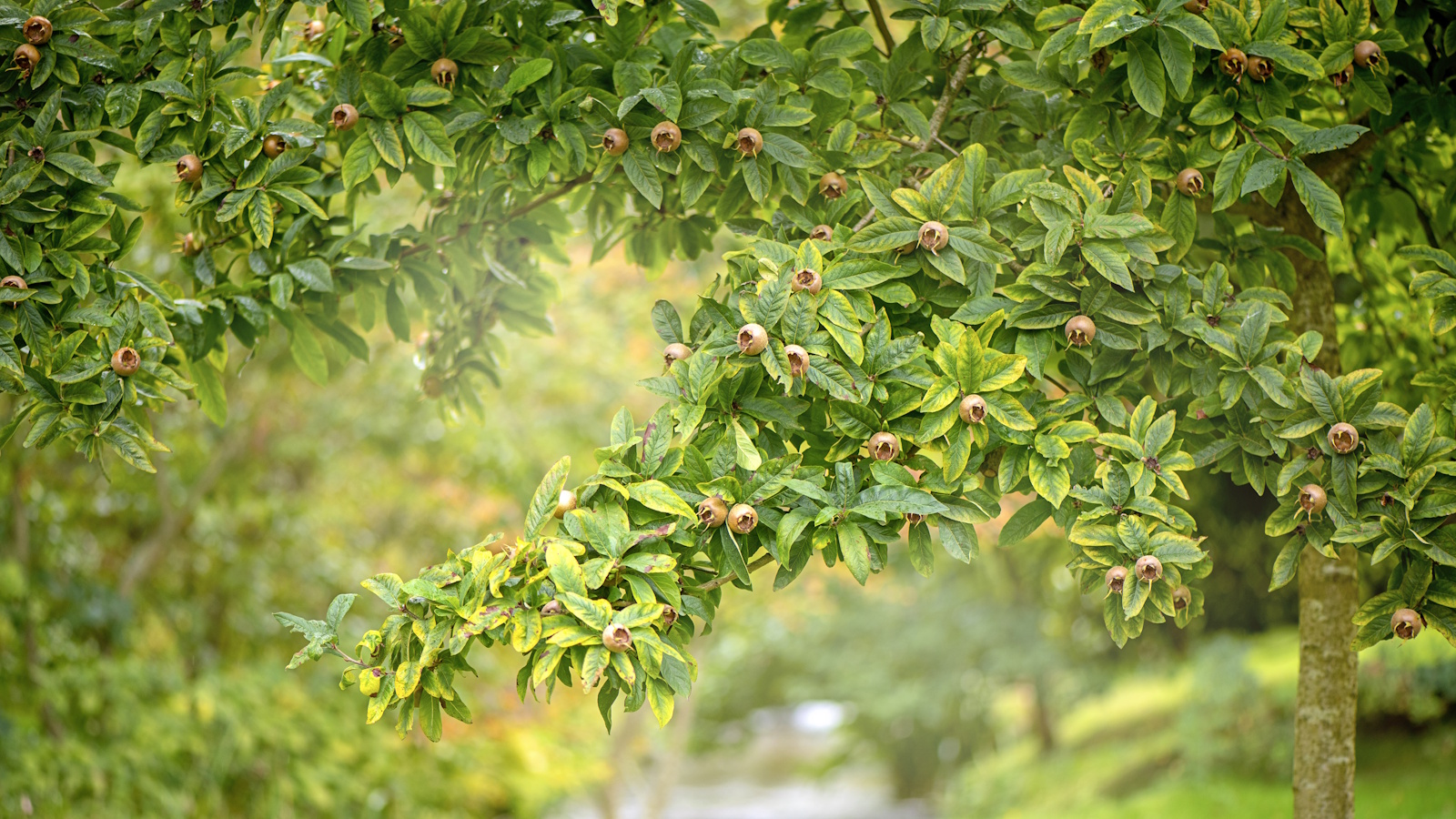 How to grow medlar trees – to enjoy a harvest of unusual fruits from this forgotten heritage species
How to grow medlar trees – to enjoy a harvest of unusual fruits from this forgotten heritage speciesMedlar fruits were once a popular delicacy, yet today, they are a rare find
By Thomas Rutter Published
-
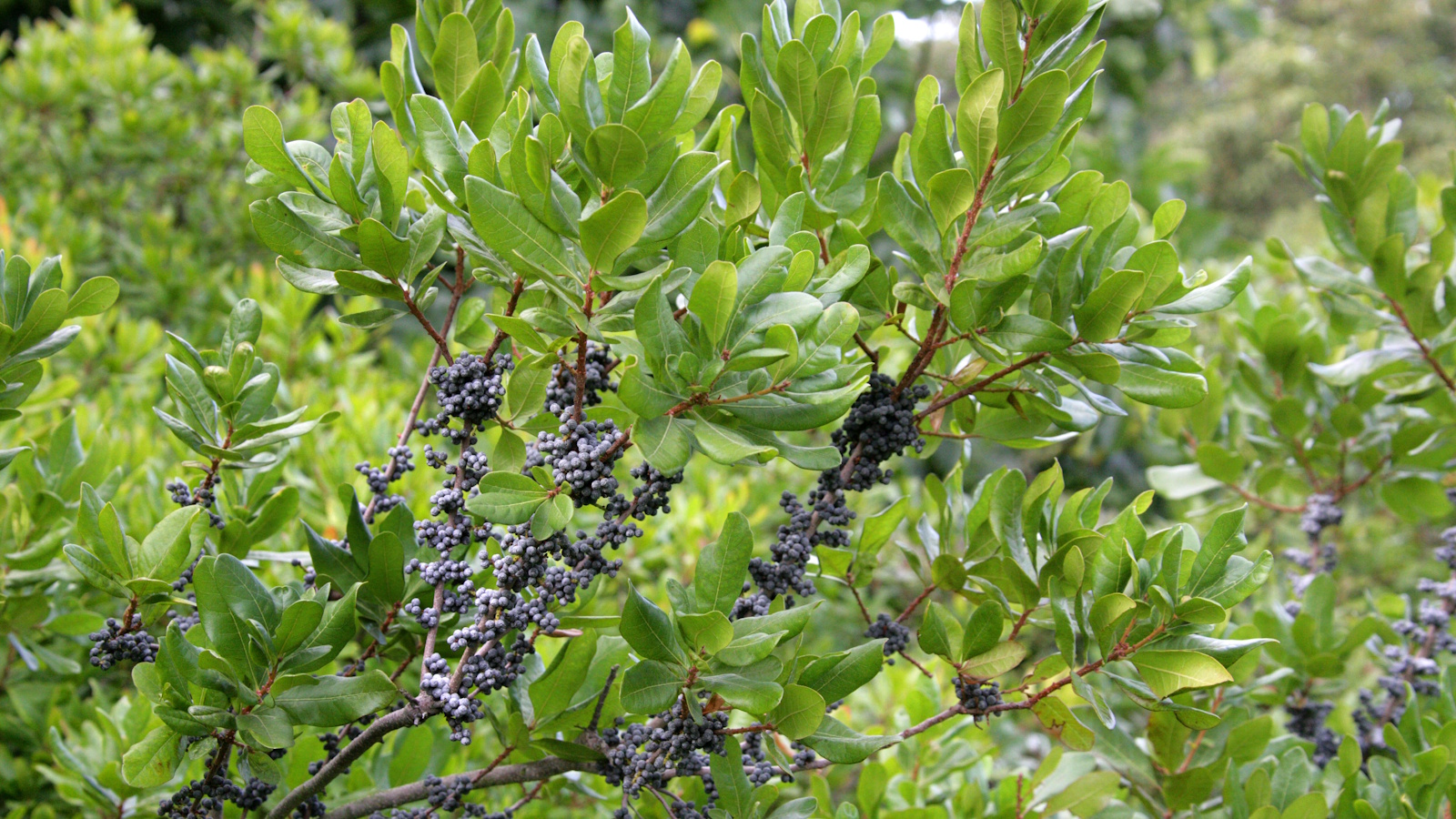 Best fragrant shrubs – 5 perfumed plants to transform garden borders and pot displays this summer
Best fragrant shrubs – 5 perfumed plants to transform garden borders and pot displays this summerGrow one or more of the best fragrant shrubs to add a sensory element to your yard
By Thomas Rutter Published